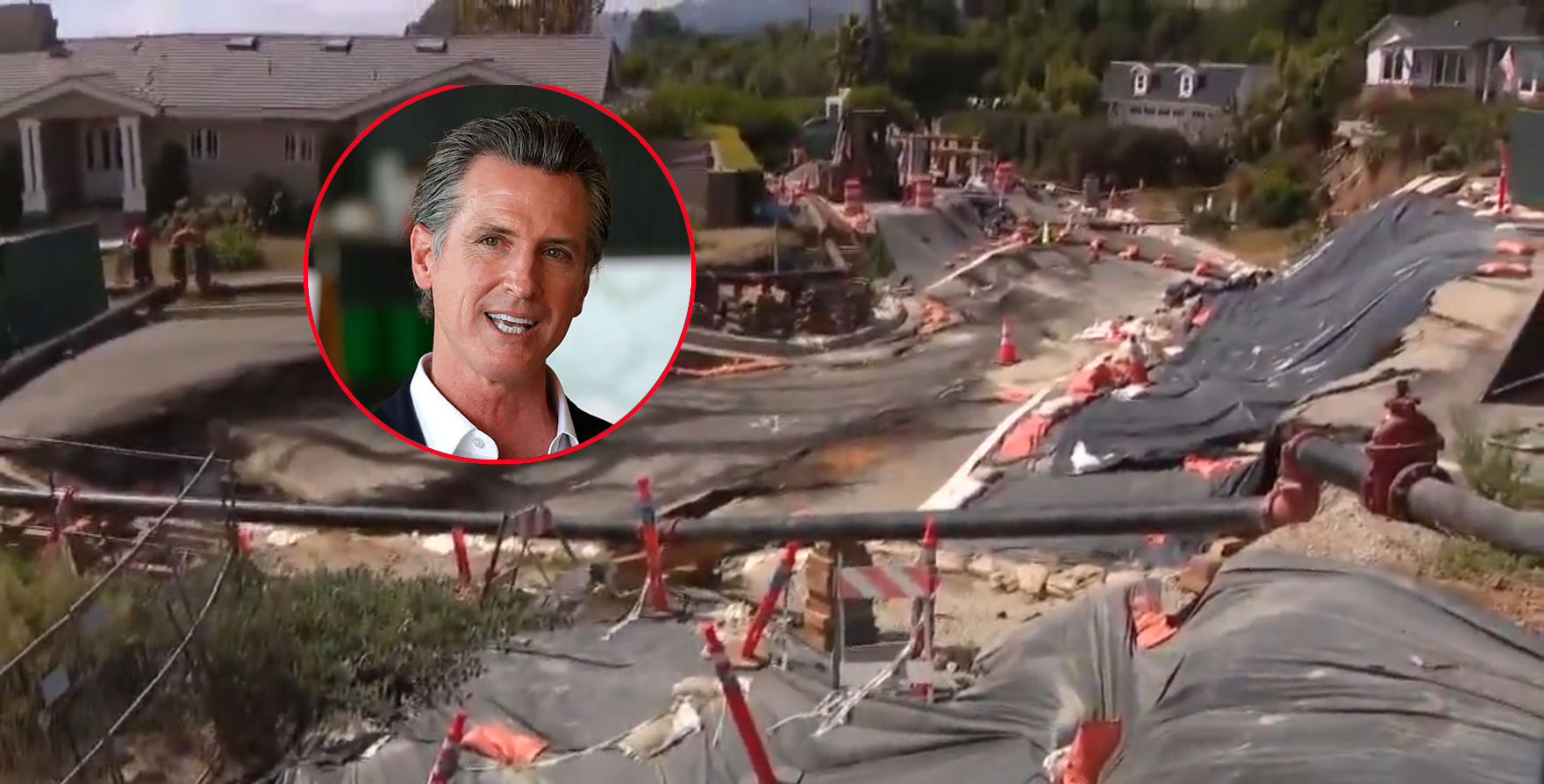In Rancho Palos Verdes, California, more than 230 homes are without power due to severe landslides. The city, known for its stunning ocean views, faces a dangerous situation as the shifting land poses risks to residents and their properties.
Update: California Governor Gavin Newsom has declared a state of emergency over the situation.
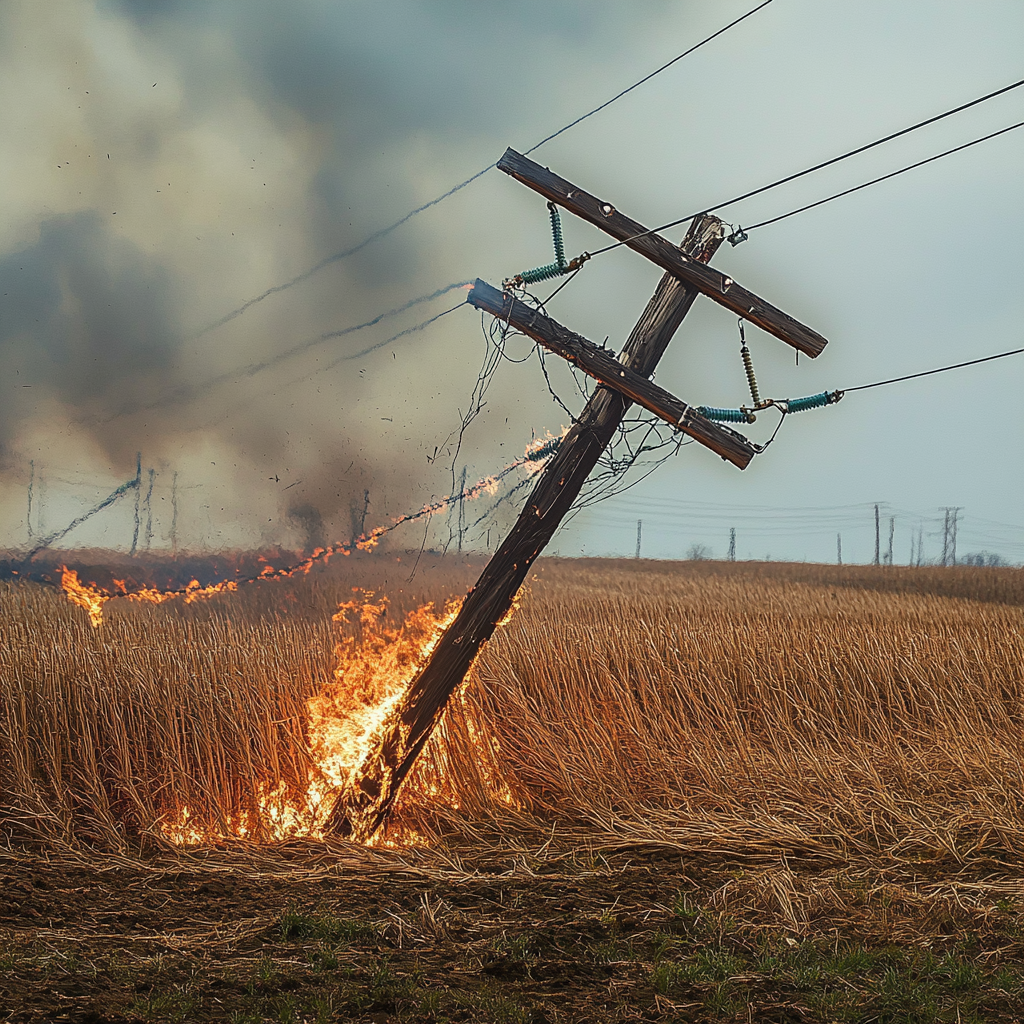
Southern California Edison cut power to the affected homes on Sunday to prevent potential wildfires. The decision came after a power line fell, igniting a small fire in the Portuguese Bend neighborhood. The fast-moving ground made it dangerous to keep power poles live, in case they fell and caused further wildfires.

The power outage has left many residents scrambling to find alternative housing. The city has set up an emergency center to help with relocation, phone charging, and mental health support as residents navigate the crisis.

City officials warn that the situation is constantly evolving. Residents are urged to prepare for further disruptions as the landslide continues to worsen, with the land shifting more than a foot per week in some areas. The affected areas, Portuguese Bend and Seaview neighborhood, are under an evacuation warning, meaning residents should be prepared to leave at a moments notice.
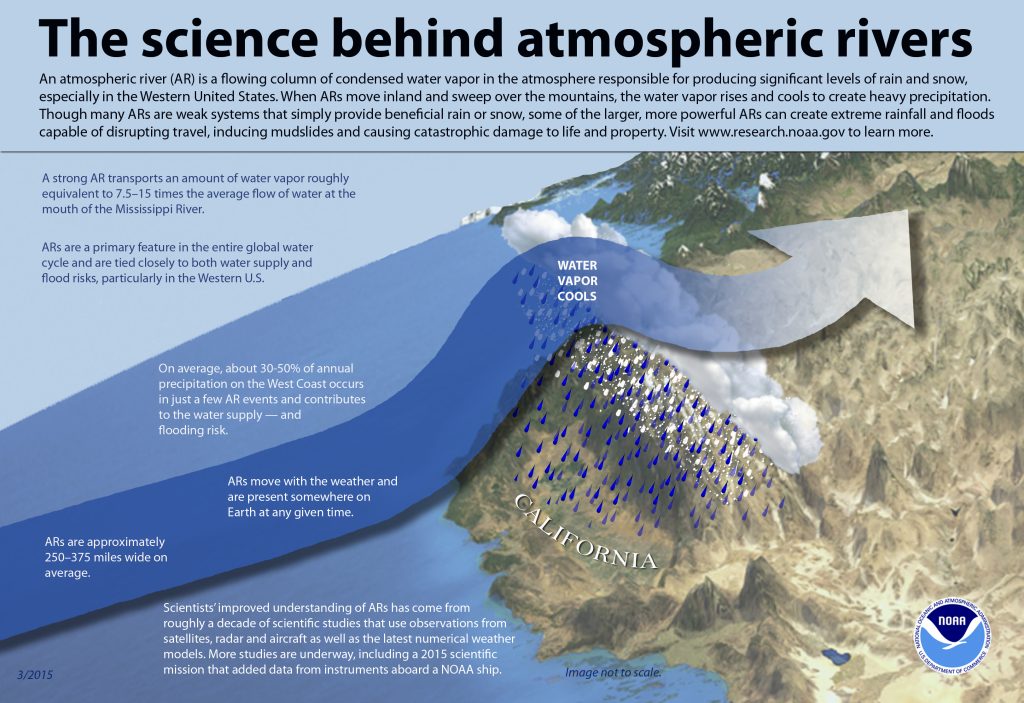
The worsening landslide is partially attributed to climate change. Over the past two years, increased heavy rains have saturated the hillsides, weakening the land and making it more prone to sliding. These atmospheric rivers are intensifying in California due to climate change.

Climate change has intensified rainfall across the country, including in California. The extra water saturates the soil, making landslides more likely, especially in areas with steep terrain like Rancho Palos Verdes.

Some elderly residents are particularly vulnerable during this crisis. With power cut off, they face challenges in accessing essential services and may struggle to relocate or manage without electricity.
Landslides have been an issue in Rancho Palos Verdes since the 1950s, but the current rate of movement is unprecedented. Geologists are closely monitoring the situation, but the speed of the landslide is causing alarm.

The popular Wayfarers Chapel, a national historic landmark, has been closed since February due to the accelerating land movement. The closure reflects the growing danger posed by the shifting land.

City officials are working with utility companies to restore services, but the power shutoff may remain in place until the landslide slows down. In the meantime, generators are being used to keep essential systems like sewers running.
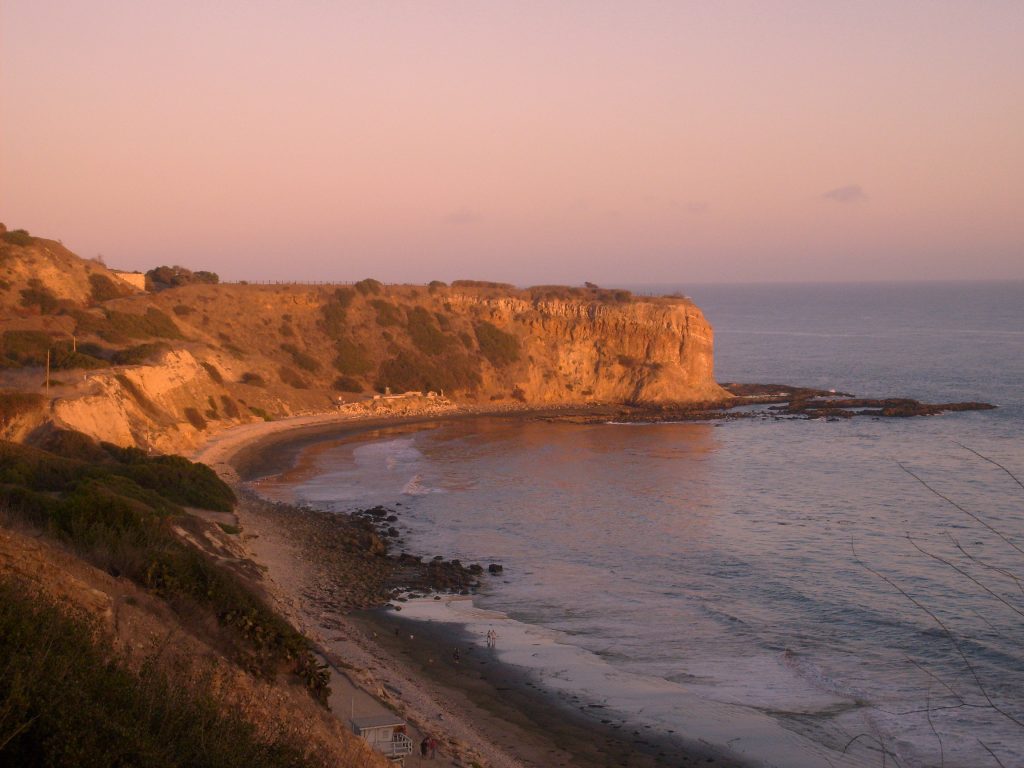
Residents are frustrated by the short notice they received about the power cut. Many are struggling to adapt, especially after already dealing with gas service shutoffs due to the landslide.

Los Angeles County Supervisor Janice Hahn said that the county has committed $5 million to respond to the disaster. They emphasize that the crisis is too big for one city to handle alone, urging Governor Gavin Newsom to get involved in managing the emergency.

This has become a recurring issue recently for the city. Back in February 2024, Mayor John Cruikshank asked Governor Newsom to declare a state of emergency amid landslides damaging the community.
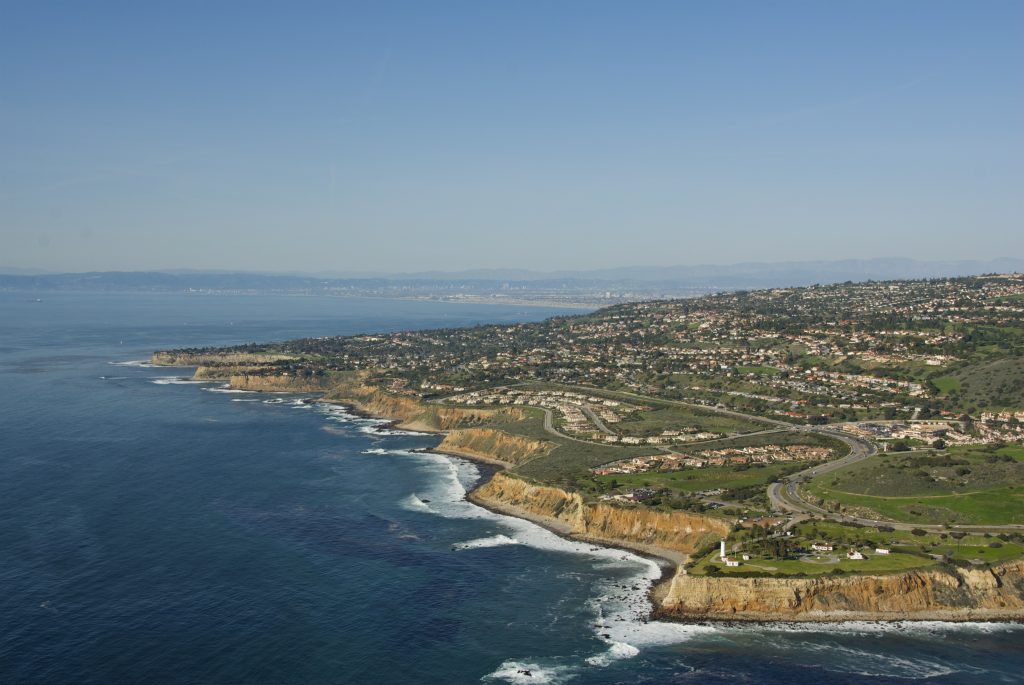
As the landslide continues, the community of Rancho Palos Verdes faces an uncertain future. The situation underscores the broader impacts of climate change, particularly in coastal regions vulnerable to extreme weather and land instability.

